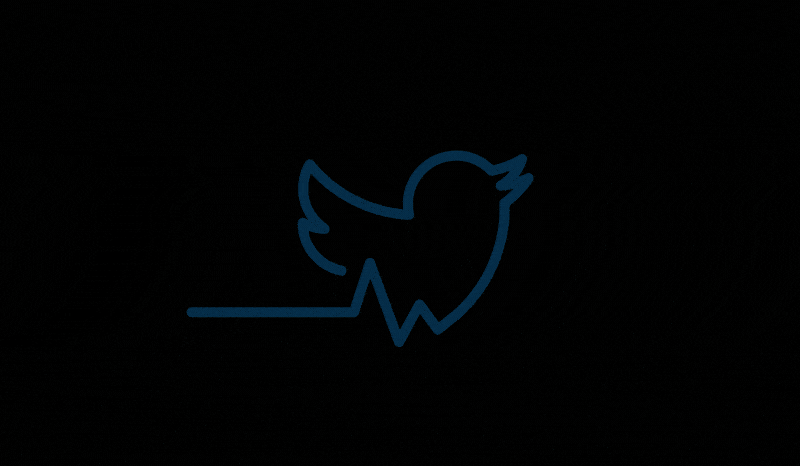
For all X has done to try and make advertisers believe it’s a platform that’s safe for brands, advertisers remain unconvinced — and the latest headlines don’t help.
Earlier this month it was revealed that DoubleVerify reportedly provided incorrect data for X advertisers over the course of at least four months, later apologizing for the snafu. Around the same time, Hyundai became the latest advertiser to pause advertising on the platform after a sponsored post was seen next to antisemetic content.
X CEO Linda Yaccarino has since responded on from her own account, urging advertisers who left on account of DoubleVerify’s “erroneous data” to reconsider their decision. But the DoubleVerify blunder is only the latest in a long string of issues that have plagued the platform since November 2022. At this point, the juice may not be worth the squeeze, according to four paid social experts Digiday spoke with for this story.
“We haven’t included Twitter in anything all year just because every time we start thinking we might want to do this, something comes out,” said Erik Hamilton, vp of search and social at Good Apple media agency.
There’s been a growing list of advertisers who have paused ad spend on X or abandoned the platform altogether amidst growing backlash to Musk’s leadership, increased hate speech on the platform and other controversies. Hyundai is just the latest example. The loss of advertisers has resulted in a dip in ad dollars. X is expected to account for just 1.6% of U.S. social ad spend this year, according to eMarketer. In response to the fallout with advertisers last year, Musk told advertisers to “Go fuck yourself” while simultaneously acknowledging that without advertisers, the company’s chance of survival is slim.
“Elon Musk did not do him or any of his ad sales, or his entire company, any favors by pretty much like saying ‘fuck you’ to advertisers,” said one agency lead who asked to remain anonymous. The lead added that their agency is recommending clients pivot to other brand safe social channels and avoid X altogether.
Last fall, Hotwire Global marketing firm discovered ads appearing on a profile that promotes extremist content, Georg Loewen, senior digital marketing manager at Hotwire, said in an email to Digiday. Between that and a “drastic drop in ROI,” the firm’s confidence in X’s ad offering was gutted.
“Although our paid social budget was never substantial, we first reduced spending by half after Musk’s acquisition and then eventually ceased all activities,” Loewen said. “The diminishing returns and the shift in the platform’s audience made it clear that Twitter was no longer the right fit for us.”
That’s not to say that efforts haven’t been made to woo advertisers and bring them back into the fold. There have been new (hopefully permanent) hires, including Yaccarino herself, who was meant to speak to the platform’s safety efforts, and partnerships with DoubleVerify as well as Integral Ad Science (IAS) . The platform has also since introduced controls for ad placements, which has offered some relief, but not enough to woo advertisers and bring them flocking back.
Although an X rep decline to comment for this story, they are seemingly no longer responding to press outreach with poop emojis.
“I’m sure it’s a lot safer now and there’s a lot of advertiser controls for where your content goes,” said Brandon Biancalani, head of paid media at Modifly social agency. “But just plainly on a risk vs. reward analysis, I haven’t seen it become this thriving e-commerce opportunity for a lot of advertisers.”
The bottom line is the platform itself has inherently become controversial. Brands have increasingly been looking to play it safe, especially in light of public backlash where brands like Bud Light, Adidas and others have found themselves in hot water for inclusivity-themed marketing campaigns or partnerships. Meaning, marketers may be more cautious and risk adverse to any type of controversy. And as long as X is in controversial headlines, advertisers may not touch the platform with a ten-foot-pole, per execs.
“It’s going to take a little bit more than a couple of safety measures and targeting practices to move advertisers back, just from what I’m seeing,” Biancalani added.
Beyond the controversy, advertisers say X has struggled to prove itself as a valid performance marketing channel, making it a nicety rather than a must have when it comes to media budgets and marketing spend. It’s been an awareness platform more than anything else, especially around time for the Super Bowl and other cultural moments.
As Threads, Meta’s response to X’s flailing, continues to gain steam, there’s less reason to take chances on X, said agency execs. Reportedly, Threads is expected to roll out ad offerings this year. Recently, Meta has said that Threads now has 150 million monthly active users, which is still significantly less than X’s self-reported 550 million monthly active users across the globe.
Every now and again, clients ask if X is worth considering in the media plan, said Hamilton. But it’s not an option Good Apple readily recommends, given the volatile nature of the platform.
“Some might argue that it’s an untapped territory that you can go in, you get cheaper cost, you can really own the space,” he said. “You can spend that money on a different platform and not have to worry about all of this.”
More in Marketing

Zero-click search is changing how small brands show up online — and spend
To appease the AI powers that be, brands are prioritizing things like blogs, brand content and landing pages.

More creators, less money: Creator economy expansion leaves mid-tier creators behind
As brands get pickier and budgets tighten, mid-tier creators are finding fewer deals in the booming influencer economy.

‘Still not a top tier ad platform’: Advertisers on Linda Yaccarino’s departure as CEO of X
Linda Yaccarino — the CEO who was never really in charge.








